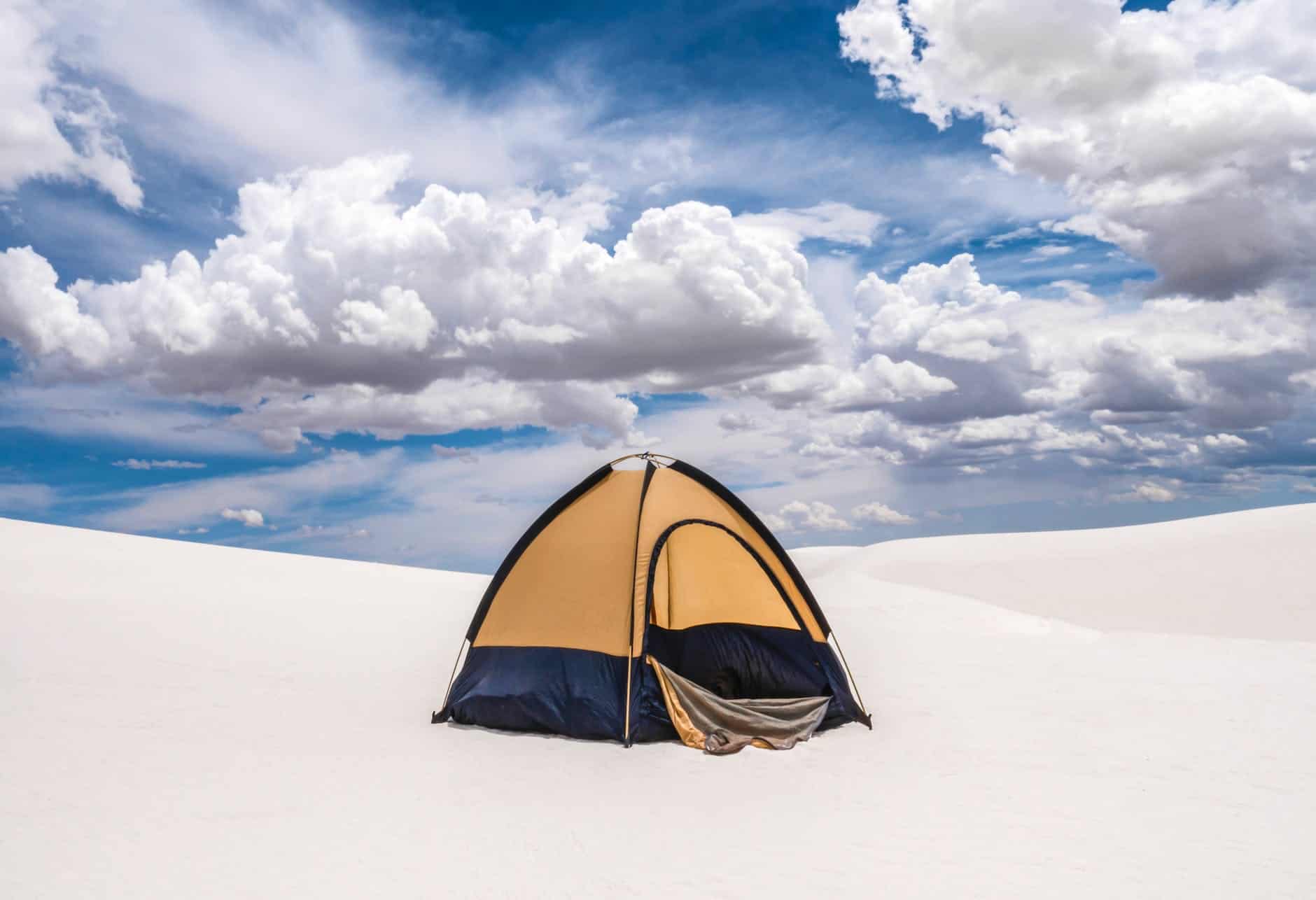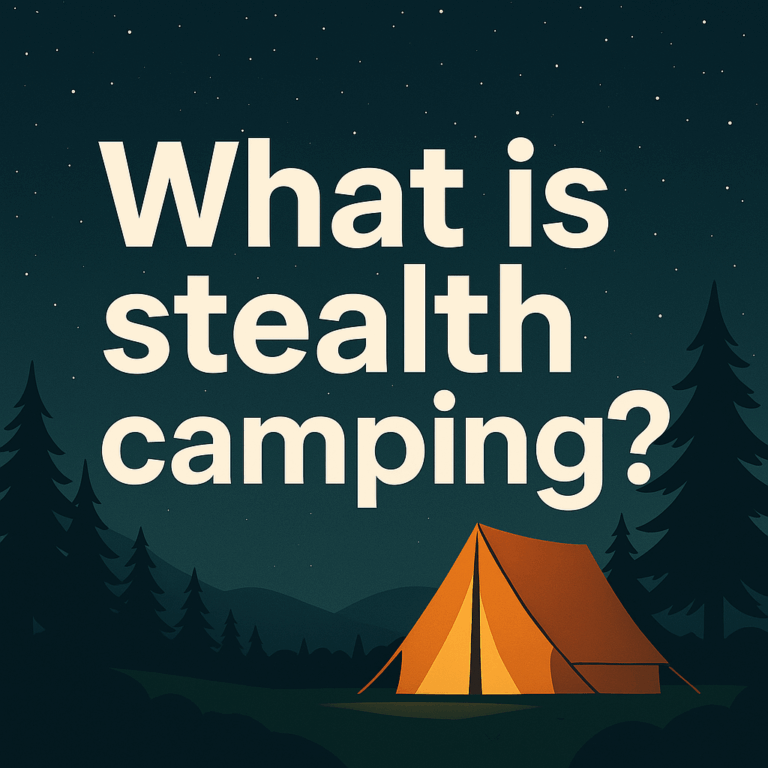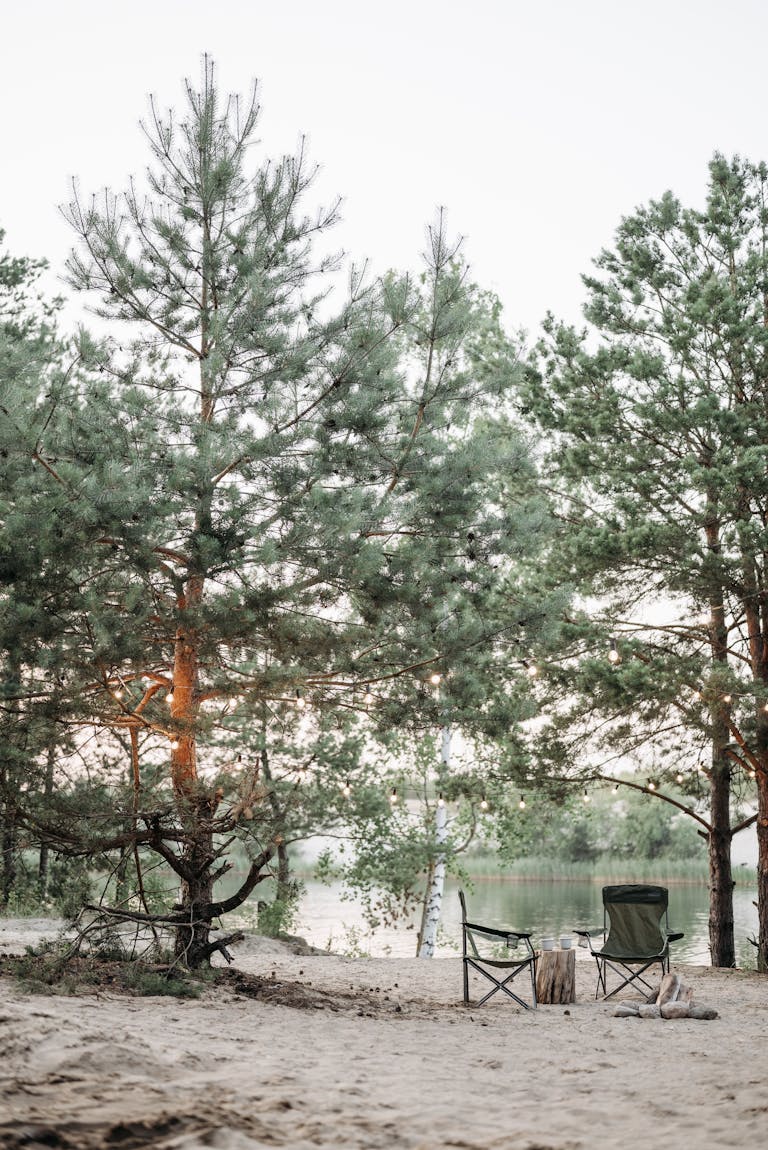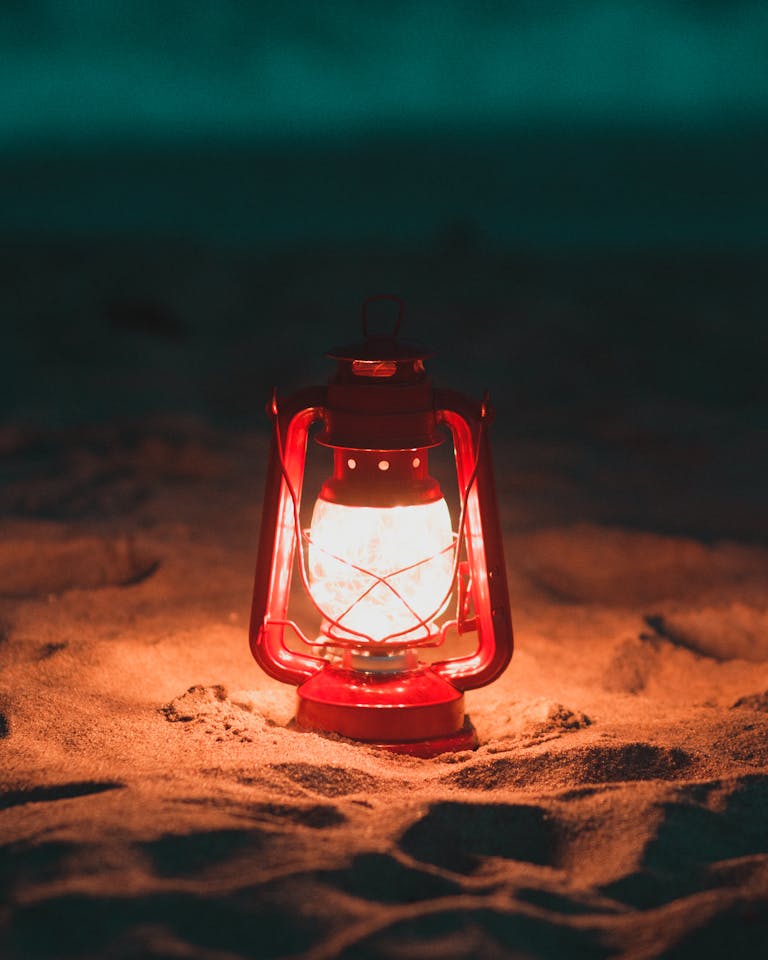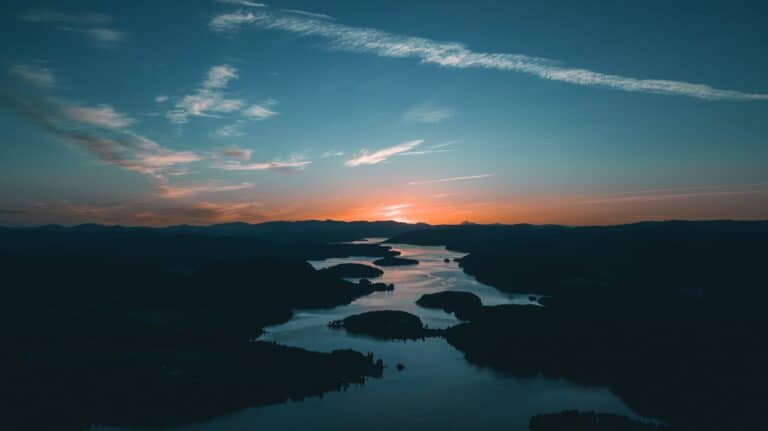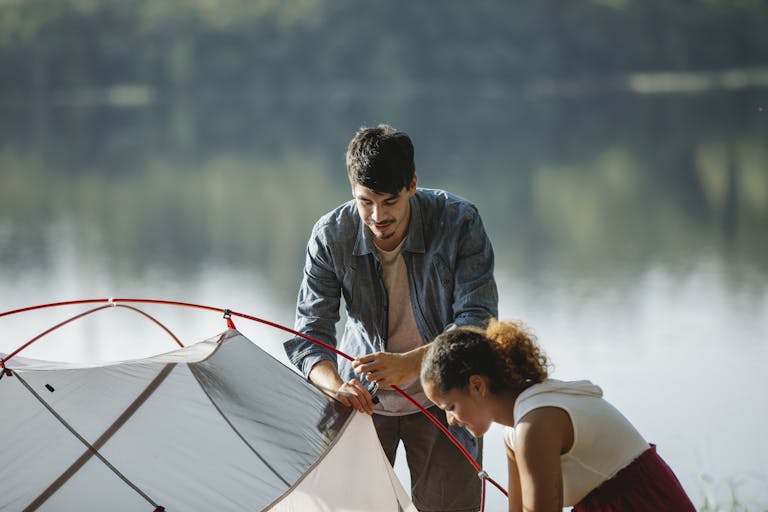Unleashing the Camp Master: How to Camp Like a Pro and Dominate the Wilderness
The Ultimate Guide to Camping Tips and Tricks
Camping is a beautiful way to enjoy nature and have fun with friends or family. However, if you are planning your first camping trip, you might feel overwhelmed by the preparation and planning involved. Here is our guide to camping for beginners, where you will find camping tips to help you have a successful and enjoyable camping trip so you can learn how to camp like a pro.
Choose the Right Gear for Your First Camping Trip
First, choose the right gear. You don’t need expensive or fancy equipment for your first camping trip, but you need some essential items to keep you comfortable and safe. I have assembled a camping essentials checklist you can download by clicking the button below.
From experience, the most essential gear items are a tent, a sleeping bag, a sleeping pad, a camp stove, a cooler, a headlamp, and a lantern. You can borrow or rent items from your friends or local outdoor stores. You can also check online reviews and our recommendations for the best camping essentials.
And be sure to test your gear and setup at home before you go camping.
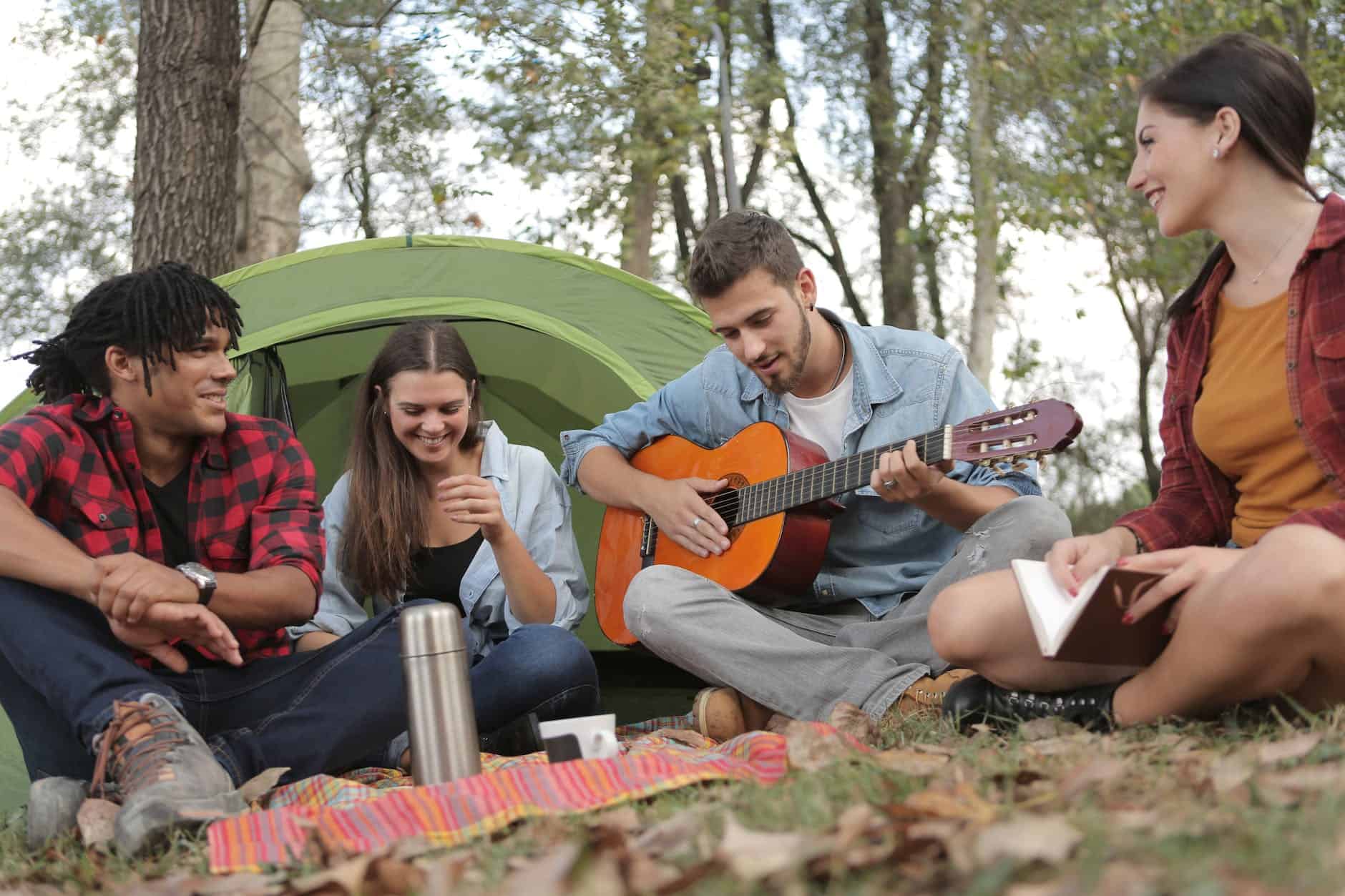
Choose a Suitable Campsite
Another camping tip is to choose a suitable campsite. You want to find a camp that suits your needs and preferences. Some factors to consider are the location, the amenities, the scenery, the weather, the shade, and the availability.
You can use online tools like Reserve America or Recreation.gov to search and book campsites in advance. I like to use The Dryt app to look for camp spots. And I also check with the State Parks for camping spots and availability. Kampgrounds of America are also lovely places to camp.
To help you find more camping places, you can also ask experienced campers or park rangers for recommendations. Also, check online reviews and guides to find the best camping destinations. And be sure to return to this website for more camping experiences.
Once you download my camping essentials checklist, I will let you know by email when I publish more camping tips, tricks, and reviews. And, since I am an avid outdoor enthusiast, I will write more about the outdoor fun and activities you can do to enhance your outdoor experiences, like fishing, kayaking, and horseback riding.
Meal Planning
To camp like a pro, you should plan your meals. You want enough food and water for your camping trip but also want to keep it simple and easy. Pack your perishables in a cooler. And pack into reusable zip lock baggies, Tupperware, or dry bags.
You can also bring some snacks and drinks for extra energy and hydration. Read our guide “Outdoor Cuisine: Best Foods for Camping” for more ideas on what to pack.
Here is a bonus easy camping recipe to help you plan a meal.
Skillet Sizzler: The Ultimate Pepperoni Pizza Experience
First, you will need some pizza dough, pizza sauce, shredded mozzarella cheese, pepperoni slices, and other toppings you like. Most of the time, depending on where you are, you can buy ready-made pizza dough from the deli in the supermarket. And pick up some sauce in the pasta section, or make your own at home before your trip.

You will also need a cast iron skillet, cooking oil, spatula, and aluminum foil. You can use a campfire or a grill to cook your pizza.
To prepare your pizza, stretch or roll your pizza dough into a circle that fits your skillet. Then, spread some oil on the bottom and sides of the skillet. Place the dough in the skillet and press it evenly.
Then, spoon some pizza sauce over the dough and spread it around. Sprinkle some cheese on top, and add your pepperoni and other toppings.
Cover the skillet with aluminum foil to cook your pizza, and place it over the campfire or grill. Cook for 15 to 20 minutes or until the cheese melts and the crust turns golden. You can check the progress by lifting the foil carefully.
To serve your pizza, use a spatula to slide it out of the skillet onto a cutting board or a plate. Cut into slices and enjoy!
Cook Simple and Delicious Meals
When camping, prepare some meals at home without compromising taste or nutrition and freeze them in ziplock bags. Freeze chili, stew, or pasta sauce. Also, bring some easy-to-cook ingredients, such as eggs, cheese, bread, canned food, instant noodles, or oatmeal.
Use foil to cook meat, fish, vegetables, shrimp, potatoes, sausage, and corn on the cob over the fire. Don’t forget to bring spices, condiments, and snacks to add flavor and variety to your meals.
Pack Smart
To pack smart, use a checklist like the one we have prepared for you to print out so you don’t forget anything important.
Here are the most important things to bring:
- Tent
- A mallet
- Sleeping bag
- Stove
- Food
- Water
- Clothes
- Toiletries
- First aid kit
- Matches or a Ferro rod
- Safety items like bear spray
Stay Warm and Dry
It would help if you chose a sleeping bag suitable for your camping destination’s temperature and weather conditions. And to ensure you get good rest, use a sleeping pad, air mattress, and camping cot. The air mattress and the camping cot will insulate you from the cold ground and keep you dry if your tent floods.
For warmth, layer your clothing. Wear a beanie hat and socks to insulate your body heat. And if it rains, have a waterproof tent, a tarp and a raincoat. When we publish our review on our Coleman 4-Person Tent with Dark Technology, you can find a link here.
Staying Safe
You want to stay safe and be responsible. Follow the rules and regulations of the campsite and respect other campers and wildlife. Keep your food and trash in secured containers, or hang them from a tree to avoid attracting animals.
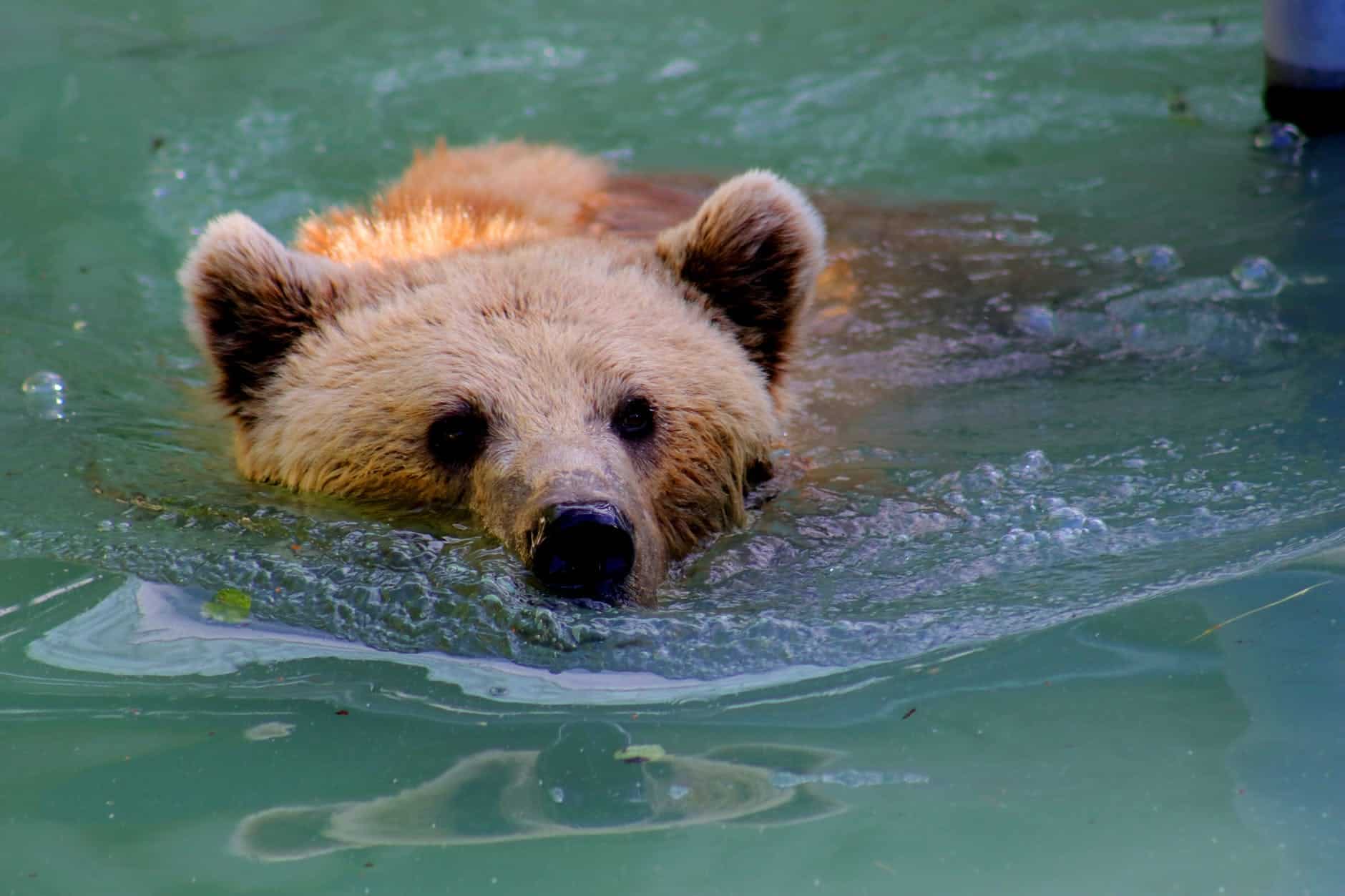
Do Not Feed the Wild Animals
Don’t feed or approach any wild animals. Use a map, compass, or satellite GPS tracking and signaling device like the Garmin InReach Mini 2 to navigate your surroundings. With a very affordable subscription service, you can quickly press the SOS button on the handheld side, and rescue teams simultaneously deploy to your GPS location.
Always Tell Someone Where You Are
Before you go, tell someone where you’re going. The Garmin InReach Mini 2 can send an SMS text to your loved ones. You want to update them on your status if there is no signal. To use the safety features of this device, you must have an active subscription. You can activate Mini 2 at the Garmin website.
Carry These Items at All Times
For your safety, always carry a whistle, a knife, and a Ferro rod for emergencies. Wear a personal floatation device (PFD) if you plan to be near the water. And to be extra safe, you should buy traveler insurance before you go. VisitorsCoverage is the best affordable option for your peace of mind if you plan to travel internationally.
Follow Leave No Trace Principles
It is vital to follow the Leave No Trace principles. You want to be safe and responsible, respectful of nature, and leave your campsite as clean as possible. Here are the seven guidelines to help you minimize your impact on the environment.
7 Leave No Trace Guidelines
- Plan and prepare. Planning your camping trip with this guide will help you prepare so you can follow the Leave No Trace guidelines. Having a clear plan and knowing what essentials to bring can ensure you have everything you need to minimize your environmental impact.
Knowing what essentials to bring helps minimize environmental impact because it allows you to have what you need and avoid overpacking unnecessary items, thus reducing the amount of waste generated during the camping trip.
Additionally, bringing the right gear and equipment ensures you are well-prepared and can adequately handle and dispose of any generated waste or trash. By being mindful of the environment and minimizing your impact, you can help preserve the natural beauty of the campsite for future campers to enjoy.
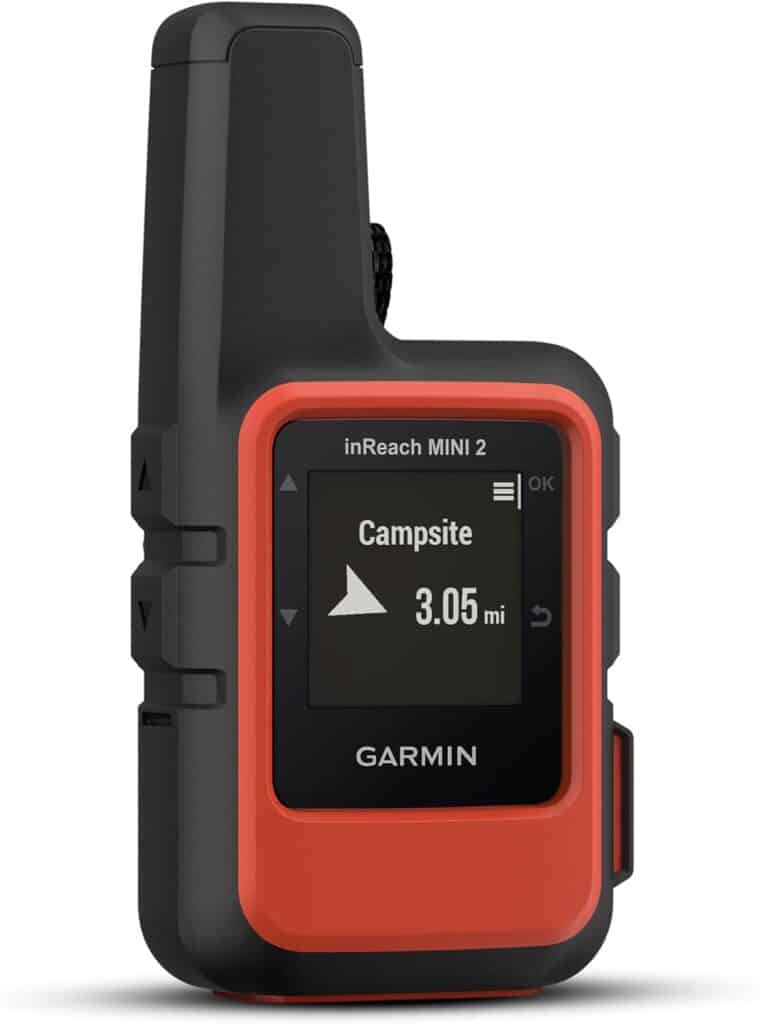
Camp on Durable Surfaces
- Travel and camp on durable surfaces. Camping and traveling on durable surfaces is an essential principle of Leave No Trace because it helps minimize the impact on the natural environment. You avoid damaging fragile ecosystems, vegetation, and soil when you camp or travel on durable surfaces, such as established campsites, trails, or rock surfaces.
Sticking to designated campsites and trails prevents the creation of new paths or camps, which can lead to erosion and the destruction of plants and wildlife habitats. It also helps preserve the area’s natural beauty for future campers and hikers.
Remember where you set up your tent and other equipment when camping on durable surfaces. Choose areas that are already compacted or have a stable surface, such as gravel or sand. Avoid setting up camp on vegetation or fragile soil, as it can take years for these areas to recover.
Similarly, stick to established trails when hiking or exploring and avoid trampling on vegetation or creating new paths. Protect the natural landscape and prevent the spread of invasive species.
Overall, camping and traveling on durable surfaces is a simple but effective way to leave no trace while enjoying the outdoors. It ensures that you have a minimal environmental impact and helps preserve the area’s natural beauty for future generations.
Dispose of Waste
- Dispose of waste properly. When practicing Leave No Trace principles, it is essential to dispose of waste properly. Here are some guidelines to follow:
- Pack it in, pack it out: Any trash or waste you bring should be removed when you leave. Carry a trash bag and collect all your garbage, including food scraps, wrappers, and packaging. Do not leave any waste behind, even if it is biodegradable.
- Separate and store waste: It is important to separate different types of waste to ensure proper disposal. Use individual bags or containers for recyclables, trash, and food waste. It will be easier to dispose of them correctly later on.
- Dispose of trash in designated receptacles: When you come across designated trash cans or dumpsters, dispose of your waste correctly. If no trash cans are available, take your trash with you until you find a suitable disposal location.
- Dispose of food waste properly: Food waste can attract wildlife and disrupt the natural ecosystem. Avoid burying or leaving food scraps behind. Instead, pack them out with your other trash. If you are camping where allowed, you can also burn your food scraps in a campfire, following fire regulations and guidelines.
- Practice proper hygiene: When it comes to personal hygiene, use biodegradable soap and wash at least 200 feet away from water sources. Properly dispose of any wastewater away from water sources.
- Leave what you find. You must leave genuine items, such as rocks, plants, and artifacts, where you find them. Taking these items and stacking rocks can disrupt the ecosystem and impact the area’s natural beauty. National park rangers advise visitors not to disturb or interact with stacked stones.
Stacking rocks, also known as cairns, can disrupt the natural environment and impact the ecosystem. It is crucial to leave rocks, plants, and artifacts where found to preserve the area’s natural beauty and protect the wildlife habitat.
Minimize Campfire Impacts
- Minimize campfire impacts. Minimizing campfire impacts is an integral part of practicing Leave No Trace principles. Here is how.
- Use established fire rings or fire pits: When camping at a designated campsite, use the existing fire rings or fire pits provided. These areas contain the fire and minimize its impact on the surrounding environment.
- Use small, manageable fires: Keep your campfire small and manageable. Minimizing reduces the amount of wood and fuel needed and the impact on the surrounding vegetation and wildlife habitat.
- Only burn local, dead, and downed wood: Gather firewood from the immediate vicinity of your campsite, using only dead and downed wood. Avoid cutting or damaging live trees and vegetation, preserving the natural ecosystem and preventing the spread of invasive species.
- Burn wood entirely to ash: Ensure all wood burns to ash before extinguishing the fire, reducing the amount of leftover debris and minimizing the risk of starting a wildfire.
- Properly extinguish the fire when you finish camping. Ensure the fire is out. Use water or dirt to douse the fire, stirring the ashes to extinguish all embers. Feel the ashes with your hand to ensure they are cool before leaving the campsite.
- Leave the fire pit clean before you go. Clean up the fire pit area. Please remove any remaining debris, such as food scraps or trash, and dispose of them properly.
- Be aware of fire regulations and restrictions: Before starting a campfire, check for any fire regulations or conditions in the area. Some campsites or regions may have specific rules regarding campfires, especially during periods of high fire danger. Always follow these regulations to ensure your safety and minimize environmental impact.
By following these guidelines, you can minimize the impact of your campfire and help preserve the natural beauty of the campsite for future campers to enjoy.
Be Respectful of Wildlife
- Respect Wildlife. Respecting wildlife is an essential aspect of practicing Leave No Trace principles. Here are some guidelines to follow:
- Observe from a distance: When encountering wildlife, maintain a safe space and observe them from afar. Use binoculars or a camera with a zoom lens to get a closer look without disturbing or approaching the animals.
- Please do not feed or approach wildlife: Feeding wildlife can disrupt their natural behaviors, lead to human food dependency, and harm their health. Avoid approaching or attempting to touch nature, as this can cause stress and potentially dangerous situations for you and the animals.
- Keep food and trash secured: Store your food and trash in secured containers or hang them from a tree to prevent wildlife from being attracted to your campsite.
- Respect nesting and denning areas: Be aware of nesting and denning areas, especially during breeding seasons. Avoid disturbing or approaching these areas, as it can cause stress to the animals and disrupt their reproductive cycles.
- Stay on designated trails and stick to established trails. Avoid venturing into wildlife habitats or sensitive areas to minimize disturbance to natural habitats by reducing the risk of trampling on nests, burrows, or other essential wildlife habitats.
- Keep pets under control: If you bring pets camping, keep them on a leash and under control at all times. Uncontrolled pets can chase or disturb wildlife, potentially causing harm to both the animals and your pet.
- Educate yourself: Learn about the local wildlife and their behaviors before your camping trip. This knowledge will help you understand how to interact responsibly and respectfully with the wildlife you may encounter.
- Be considerate of other visitors. Here are some guidelines to follow:
- Respect quiet hours: Many campsites have designated quiet hours during which there should be no noise. Campers can enjoy peaceful experiences. Be mindful of these hours and keep noise levels minimal, especially during early mornings and late evenings.
- Keep your campsite tidy by maintaining a clean and organized camp. It helps the environment and creates a pleasant atmosphere for other visitors. Keep your belongings neatly stored and dispose of any trash or waste properly to avoid attracting pests or causing inconvenience to others.
- Be mindful of space: Consider the area around you when setting up your campsite. Avoid infringing on neighboring campsites or blocking pathways. Respect other visitors’ privacy and personal freedom, allowing them to enjoy their camping experience without feeling crowded or intruded upon.
- Follow campground rules and regulations. Each campground may have specific rules and regulations to ensure all visitors’ safety and enjoyment. Please familiarize yourself with these rules and abide by them to maintain a harmonious camping environment. Follow guidelines on pet policies, campfire regulations, and quiet hours.
- Be respectful and friendly. Treat fellow campers with respect and kindness. Be mindful of your actions and how they may impact others. Offer assistance or help when needed, and be considerate of cultural or personal differences. Remember that everyone is there to enjoy nature and have a positive camping experience.
- Leave room for others: When exploring or hiking on trails, be aware of other visitors and allow them to pass if needed. Step aside and give way to faster hikers or those carrying heavy loads. Be patient and understanding, recognizing that everyone has their own pace and objectives while enjoying the outdoors.
- Share resources. If sharing communal facilities such as water sources, restrooms, or picnic areas, be mindful of other visitors and share these resources responsibly. Avoid monopolizing facilities or leaving them in unsanitary conditions for others to use.
- By being considerate of other visitors, you contribute to a positive and enjoyable camping experience for everyone. Remember that the outdoors is a shared space, and practicing respect and courtesy towards others ensures everyone can appreciate and cherish nature’s beauty.
Have Fun while Learning How to Camp!
Have fun, be flexible, and enjoy your camping trip. Be adaptable. It might rain, there might be a lot of wind. There could be bugs, someone snoring loudly in a tent next to you, or you might experience equipment failure. Don’t let this ruin your mood or experience.
Instead, try to find solutions. Learn from mistakes. And make the best of it. Remember that camping is an adventure and an opportunity to grow. Happy trails to you!
Summary
This guide provides tips and advice on how to camp like a pro. It covers various aspects, such as choosing the right camping gear, setting camp, cooking meals, and staying safe outdoors.
This guide emphasizes the importance of planning, packing essentials, and preparing for different weather conditions. It also suggests tips for finding the perfect campsite, building a campfire, and enjoying outdoor activities. Additionally, it offers guidance on staying organized, minimizing waste, and leaving no trace when camping. This guide aims to help readers enhance their camping experience and feel confident in their outdoor skills.

